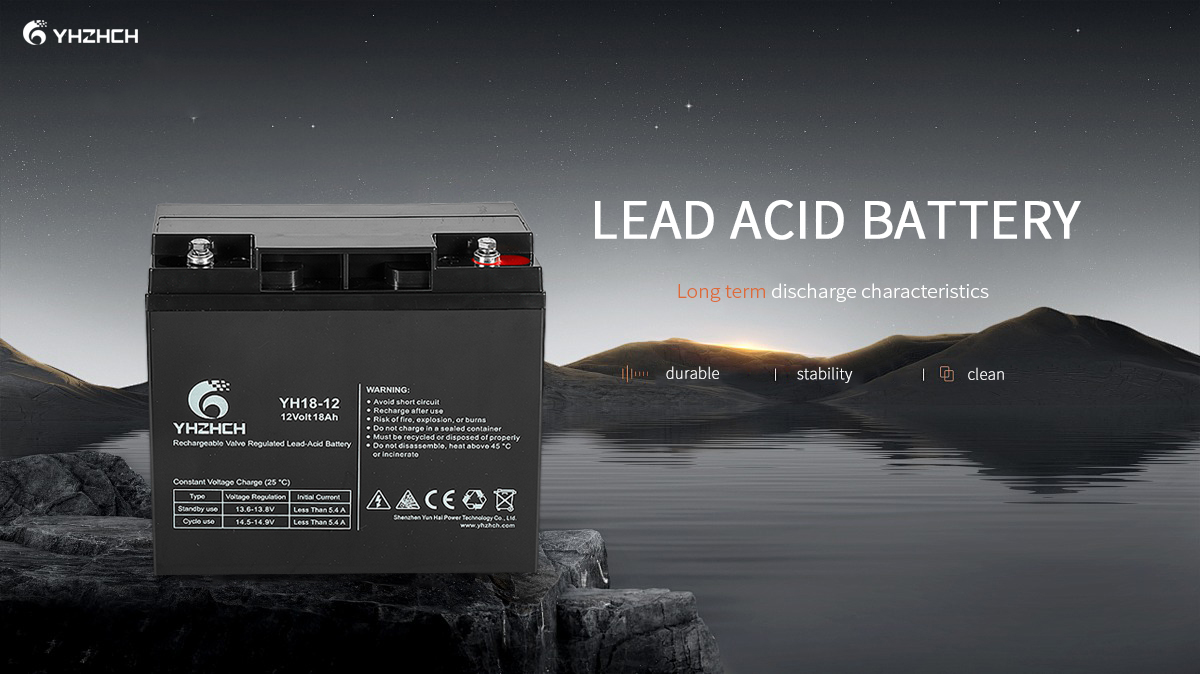
Lead acid batteries and lithium-ion batteries have their own advantages and disadvantages in terms of performance, cost, safety, etc., and the selection should be based on specific usage scenarios. The former excels in low cost and high safety, while the latter has more advantages in energy density, cycle life, and other aspects.
Advantages and disadvantages of lead-acid batteries
advantage:
Low cost: The raw materials (lead, sulfuric acid, etc.) are cheap and the production process is mature, resulting in a lower overall cost. They are suitable for budget sensitive scenarios such as ordinary electric vehicles and backup power supplies.
High safety: The chemical properties are relatively stable, and in the event of overcharging, collision, or other situations, the probability of fire or explosion is low, making it more reassuring to use.
Good low-temperature performance: In low-temperature environments, its discharge performance decreases relatively little, and it can maintain a certain working ability in cold regions, such as starting electric vehicles in winter in the north.
Mature technology and simple maintenance: With a long history of development, mature technology, and a complete maintenance system, it is easy to find repair channels when problems arise. And although ordinary lead-acid batteries require regular water replenishment and maintenance, the maintenance method is simple and easy to understand.
Disadvantages:
Low energy density: Under the same weight and volume, the amount of electricity that can be stored is relatively small, resulting in devices using this battery (such as electric vehicles) having a shorter range, and the battery itself is heavier, increasing the load on the device.
Short cycle life: Generally, the number of charge and discharge cycles is around 300-500, and it needs to be replaced after a period of use, which may increase the long-term cost of use.
Large volume and weight: Due to low energy density, the battery has a relatively large volume and weight to achieve a certain amount of power, which is not conducive to the miniaturization and lightweight design of the device.
Containing harmful substances: Batteries contain toxic and harmful substances such as lead and sulfuric acid. If not properly recycled, they can cause serious pollution to the environment and require a specialized recycling system for treatment.
Advantages and disadvantages of lithium-ion batteries
advantage:
High energy density: small in size and light in weight, but with a large amount of stored power, it can significantly improve the endurance of devices, such as smartphones, electric vehicles, etc. After adopting lithium-ion batteries, the endurance performance is greatly improved.
Long cycle life: Generally, the number of charge and discharge cycles can reach over 1000 times, and high-quality lithium-ion batteries can even reach over 2000 times, with a longer service life and relatively lower long-term usage costs.
No memory effect: No need to fully discharge and then charge like nickel cadmium batteries, can be charged at any time, more convenient to use, and will not affect battery capacity due to mid charging.
Small size and light weight: This is conducive to the miniaturization and lightweight design of devices, making portable devices such as laptops and drones more portable and easy to carry.
Disadvantages:
High cost: The raw materials (lithium, cobalt, etc.) are expensive, and the production process is complex, resulting in a much higher price than lead-acid batteries and a larger initial investment.
Relatively low safety: In situations such as overcharging, high temperatures, and collisions, thermal runaway may occur, leading to safety accidents such as fires and explosions. A comprehensive battery management system (BMS) is required to ensure safety.
Poor low-temperature performance: In low-temperature environments, its capacity will significantly decrease, discharge capacity will weaken, and the battery life will be significantly shortened when used in cold regions, requiring additional insulation measures.
The difficulty of recycling is high: the recycling process is complex, the cost is high, and the current recycling system is not yet perfect. Improper recycling can also cause certain pollution to the environment.
Summary: Comparison of Core Differences between Lead Acid Batteries and Lithium ion Batteries
Comparison project: Lead acid battery, Lithium ion battery
Low and high cost
Low and high energy density
Cycle life 300-500 times, over 1000 times
High safety, relatively low (requiring BMS protection)
Large volume and small weight
Good low-temperature performance but poor performance
Environmentally friendly contains harmful substances, improper recycling leads to significant pollution and difficulty in recycling. Improper handling can cause pollution
In summary, lead-acid batteries are suitable for scenarios that are cost sensitive, require high safety, use at low temperatures, and have low requirements for battery life and weight; Lithium ion batteries are more suitable for scenarios that pursue high endurance, lightweight, long lifespan, and can accept higher initial costs. In practical selection, it is necessary to weigh the advantages and disadvantages of both and make appropriate decisions based on specific needs.


